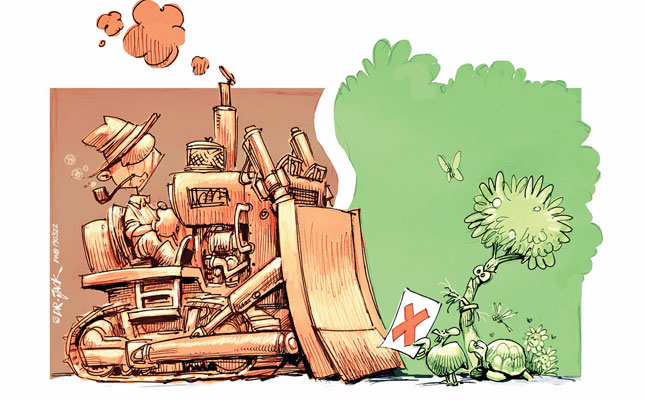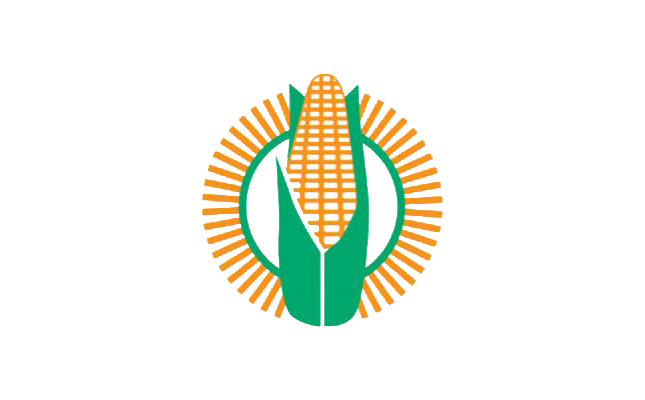
The South African Biodiversity Institute (SANBI) recently paid R4,1 million to the Western Cape Department of Environmental Affairs and Development Planning to combat the illegal clearing of indigenous vegetation.
A dedicated management team with specialised law enforcement officers has been established, and this unit is set to expand with the aim of enhancing environmental law enforcement so as to curb the illegal clearing of land for agriculture.
Cost of non-compliance
So, why is this relevant to existing and emerging farmers? According to the World Wide Fund for Nature, South Africa will have to produce 50% more food by 2050 to feed an estimated population of 73 million people.
This raises questions around why conserving indigenous vegetation is relevant when there is such a clear need for greater agricultural output to feed a growing population, as well as a clear need to provide and sustain rural jobs.
As it turns out, failure to consider the indigenous environment when expanding farming operations can carry the risk of severe legal consequences in South Africa.
The physical alteration of virgin soil and the clearance of areas of indigenous vegetation above specified size thresholds triggers the need to secure environmental authorisation in terms of the National Environmental Management Act, 1998 (NEMA).
Failure to secure the required environmental authorisation in terms of NEMA exposes the farming entity and potentially the individual farmers to fines of up to R10 million, and the potential for prison sentences in serious cases.
Securing retrospective authorisation is required but it may not necessarily be granted.
There may also be rehabilitation costs to bear in addition to the costs associated with hiring a consultant to assist with motivating for the environmental authorisation as well as the legal fees to be incurred in defending administrative and criminal proceedings.
This situation can easily be avoided by planning ahead and bringing in
technical consultants at least a year in advance of planned expansion activities. They will be able to determine whether an environmental authorisation is in fact required and if it is, to timeously apply for and secure the environmental authorisation before expanding operations.
Benefit for farmers and conservation
Undertaking an environmental impact assessment and knowing upfront what areas of a farm may be subject to expansion without triggering the need for environmental authorisation, and which areas should rather be kept undisturbed, also allows for better business decisions to be made that could enhance the profitability of the agribusiness operations.
For example, in certain specific circumstances, landowners may receive a tax deduction for their conservation commitment by allowing a deduction from their income, calculated as a certain portion of the cost of a protected area that is declared on their land.
In this way, the tax liability of the landowner is reduced. This has the potential to free up capital, which in turn can enhance the continued and sustainable commercial viability of the relevant agribusiness operations that remain compatible with the declared protected area.
However, indigenous vegetation has more than mere aesthetic value. Biodiversity is the web that holds all life together, including human life.
The cumulative and knock-on impact of indigenous vegetation loss has not always been properly understood but it is increasingly becoming a clearly relevant consideration that authorities appear to be taking more seriously.
There is more and more media coverage on issues relating to sustainable development, including within the agribusiness sector.
In April, the Biological Conservation Journal will be publishing an article on the worldwide decline of insects and what this means for humanity.
The article, which has already been picked up by the media, concludes that insect biomass is decreasing around the world at a rate of 2,5% a year. At that rate, half the insects in the world will be gone in 50 years’ time, and all of them within a century.
The article makes for alarming reading, as insects are by far the most varied and abundant animals, outweighing humanity by 17 times. They are essential for the proper functioning of all ecosystems, the researchers say, as food for other creatures, pollinators and recyclers of nutrients.
In essence, the journal article concludes that some of the main drivers of the decline of both insects and other species are habitat loss, the conversion to intensive agriculture, and pollution from synthetic pesticides and fertilisers.
The indications are that clearing indigenous vegetation is set to become subject to greater regulation and scrutiny.
We are already anticipating the greater regulation of pesticides and fertilisers. Indications from the Department of Agriculture, Forestry and Fisheries are that the 1947 Fertilisers, Farm Feeds, Agricultural Remedies and Stock Remedies Act is being reviewed, and will be split into three new statutes as part of a regulatory overhaul.
Expanding farming operations and protecting biodiversity are not necessarily mutually exclusive concepts. With adequate and sufficient planning, sustainable development in agribusiness is achievable.
However, in the absence of such adequate and sufficient planning, clearing indigenous vegetation can give rise to significant legal risks that agribusinesses need to be aware of.
These risks, in turn, may contribute to a greater problem if they are not properly understood and assessed.
The views expressed in our weekly opinion piece do not necessarily reflect those of Farmer’s Weekly.
For more information, email James Brand at [email protected].













